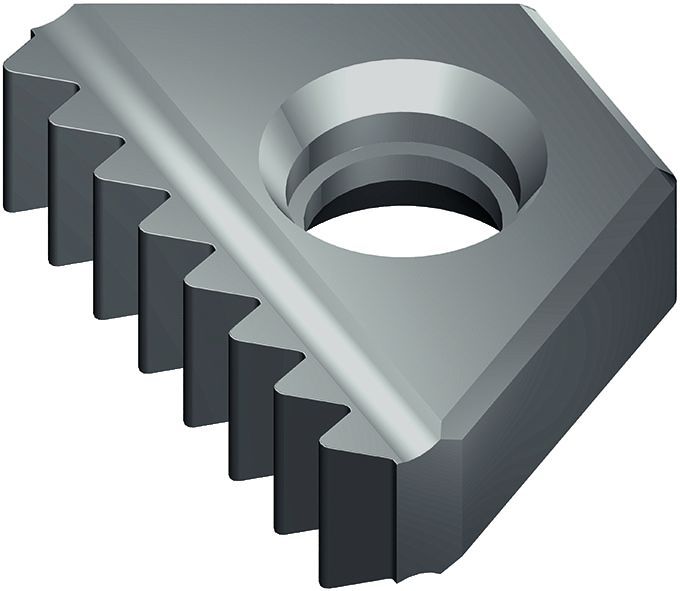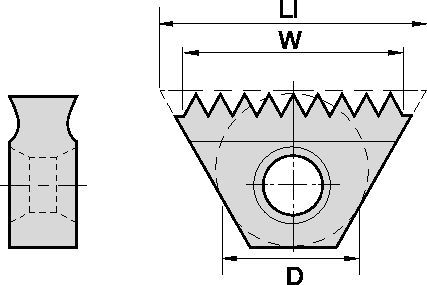Listenpreis:
/pkg. (pkg. of
)
/each
Rabatt: %
Your price::
Dieser Artikel ist nicht verfügbar
Qty
Verkauft in Pkg. von 0
Oops! we don't have that many in stock.
Opps, we don't have that many in stock. Today we only have:
Angepasst, um die minimale Packungsgröße zu erfüllen.

